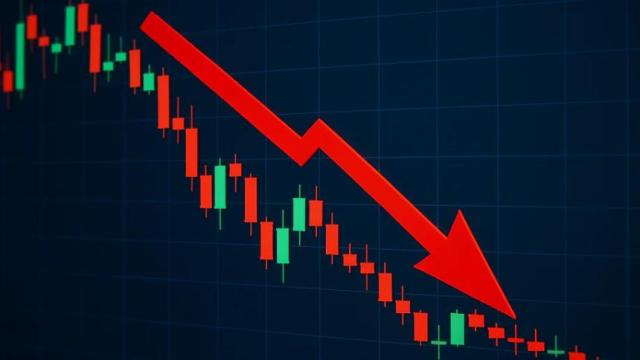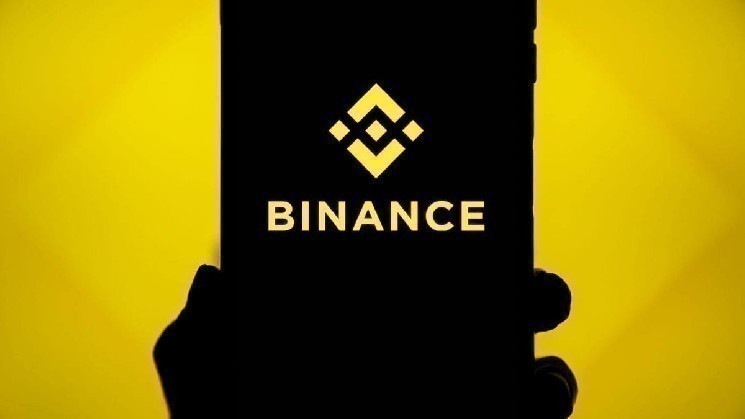Ethereum prices have fallen sharply in the past 24 hours, from nearly $4,300 to nearly $3,400 before recovering somewhat to around $3,800. The move coincided with nearly $19 billion in liquidations of the cryptocurrency, one of the largest sell-offs this year, led by the China-US tariff dispute. The sudden drop wiped out long positions on major exchanges and sent traders rushing to hedge in the futures market.
While Ethereum is still down around 13% at the time of writing, early signs from Derivative markets and technical charts suggest the sell-off may have gone too far — and a recovery may be forming under the surface.
Bears increase, but Derivative hint at recovery
Crashes this big rarely start in the spot market. They start in the Derivative market, where huge leverage magnifies both profits and losses.
Ethereum's funding rate — the fee traders pay or receive to hold perpetual Futures Contract — moved from +0.0029% on October 9, 2023 to –0.019% on October 11, 2023.
A negative funding rate means that short traders are paying long traders, indicating that the majority of open interest is currently betting on further price declines.
 ETH Funding Rate Turns Negative: CryptoQuant
ETH Funding Rate Turns Negative: CryptoQuantWant more information about Token like this? Sign up for Editor Harsh Notariya's daily Crypto Newsletter here .
That imbalance, while seemingly negative, can also create a recovery setup. When shorts become overextended, even a small rally can trigger a short squeeze, forcing traders to cover their positions and pushing prices higher.
A second Derivative indicator supports this view. The buyer-buyer ratio, which measures XEM active trades favor buying or selling, has recovered from 0.47 to 0.50 over the past 24 hours.
This shift means buyers are now matching sellers in volume — an early sign that selling exhaustion may be approaching.
 Ethereum Buyer Buying Hints at Bullish Buying Sentiment: CryptoQuant
Ethereum Buyer Buying Hints at Bullish Buying Sentiment: CryptoQuantThe last time this ratio reached a similar level (a local peak), on September 28, 2023, Ethereum increased by 13%, from $4,140 to $4,680.
Together, these indicators suggest that the market's negative positioning may actually be setting the stage for a recovery rather than a deeper crash. Technical charts will reveal more.
Hidden Divergence Strengthens Ethereum Price Recovery
The Ethereum price chart adds weight to this idea. On the daily timeframe, Ethereum shows a hidden bullish divergence — a pattern that forms when the price makes a higher Dip but the Relative Strength Index (RSI) makes a lower Dip .
RSI measures momentum from 0 to 100. When it diverges from price in this way, it signals that sellers are losing power even if price has not fully recovered.
 Ethereum Price Divergence: TradingView
Ethereum Price Divergence: TradingViewBetween 02/08/2023 and 10/10/2023, a similar setup appeared. The last time Ethereum printed this signal , between 02/08/2023 and 25/09/2023, it increased by almost 25% in a few days.
If Ethereum holds above $3,430 (important support), the current recovery setup remains valid. A break above $3,810 (another important support) and $4,040 would confirm a short-term recovery, with a possible target near $4,280 — about 13% higher than current levels.
 Ethereum Price Analysis: TradingView
Ethereum Price Analysis: TradingViewHowever, a drop below $3,350 would invalidate the structure and the momentum would shift back to the bears. For now, the Ethereum price crash may have created its own recovery zone.
With shorts overextended and technical strength quietly returning, a rally to $4,280 looks increasingly likely if buyers defend key support. All we need is a daily candle close above $3,810 for strength to return.








